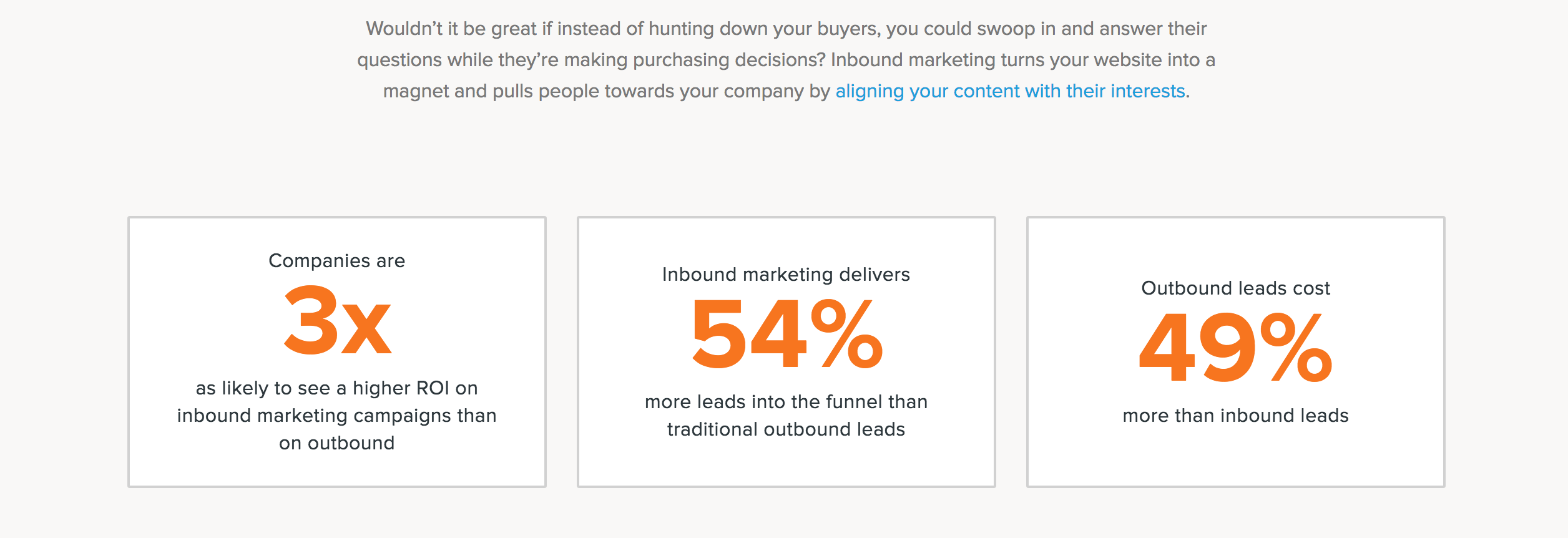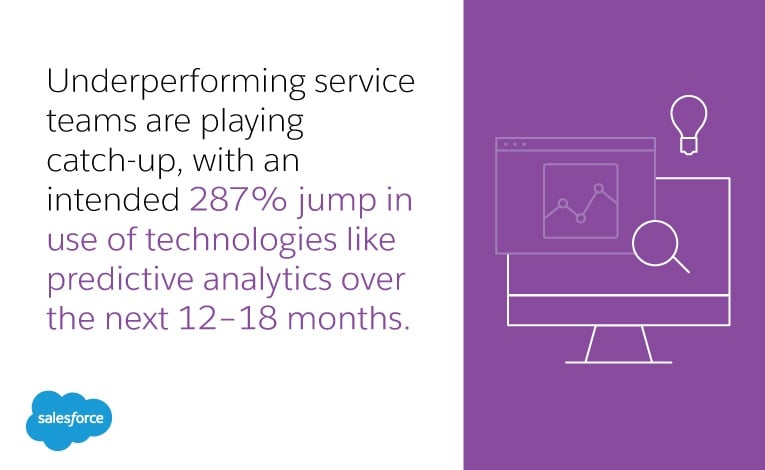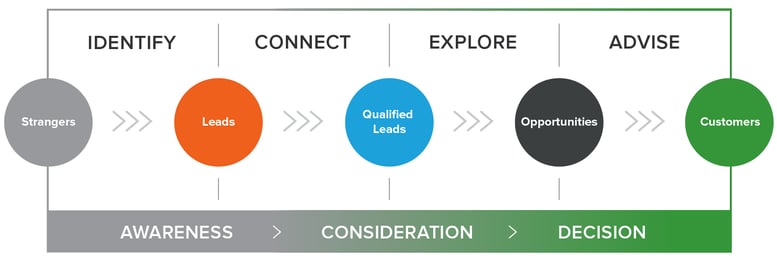Mt. Holy Cross Image courtesty of: Colorado Fourteeners Checklist
If you live in Colorado where I do, it does not take long to hear about "hiking a fourteener." They’re Colorado’s most iconic peaks, and if you haven’t already climbed one, it’s probably on your to-do list — after all, hiking 14,000-foot peaks, or fourteeners, is a rite of passage in this state.
Some fourteeners are easy walk-ups while other are dang hard, technical climbs. Regardless of the type, they all require both physical and mental fitness. If you have yet to tackle an ascent of your first fourteener, it can seem like a daunting challenge — not just of the physical fitness element, but also your knowledge of the outdoors.
Similarly, if you are tackling how to best prepare for selling your outdoor products in today's digital age, the development of the strategy and processes to succeed can be daunting. Read along below, email this article to yourself, bookmark it for later, or jump to the section that interests you most. The sections are:
How Customers Buy Your Products Has Changed. Have You?Sales Strategy and Process In the Digital Age
Build on Data
Sales Pipeline
Sales Support
Sales Enablement
How to implement Sales Enablement into your Sales and Marketing Strategy
In The End

How Customers Buy Your Products Has Changed. Have You?
People don't want to be sold your outdoor product, they want to buy it! Does your outdoor industry brand sales department have the necessary digital sales strategy and tools to succeed in the age of the customer? Not only has the process in which customers across all channels, including B2B and B2C changed in the last few years, it is changing during the time you are reading this blog. Improving a brand’s or retailer’s online product research resources is an important part of the company's digital transformation initiative.
- Data strongly indicates 88 % of consumer pre-research their buys online before making a purchase either online or in-store
- 50 % of people go directly to Amazon to start their product searches, compared to 34% who use search engines like Google, Bing, and Yahoo to search for products. (HubSpot, 2018)
- 82% of smartphone users consult their phones on purchases they are about to make in-store and 45% read reviews before making a purchase
- Amazon is now the largest single purveyor of information in a single spot for outdoor gear

Source: BigCommerce
Sales Strategy and Process In the Digital Age
To successfully sell your outdoor industry brand's products you need to deploy strategies that are supported by real data that empower your sales teams to be more effective. You need to combine your people, processes, and technology to make your website and your online presence work best for you.
It's important for your sales teams to adopt a more helpful, human approach to selling, and that can come from inbound marketing.
Source: Hubspot
Inbound marketing is an approach focused on attracting customers through content and interactions that are relevant and helpful — not interruptive. With inbound marketing, potential customers find you through channels like blogs, search engines, and social media.
Unlike outbound marketing, inbound marketing does not need to fight for potential customers' attention. By creating content designed to address their needs, inbound marketing attracts qualified prospects and builds trust and credibility for your business. Consider:
- 61% of consumers say they feel better about a company that delivers custom content, they are also more likely to buy from that company. (source)
- 90% of consumers find custom content useful and 78% believe that organizations providing custom content are interested in building good relationships with them. (source)
- 80% of business decision makers prefer to get company information in a series of articles versus an advertisement. (source)
Your implementation of an inbound based sales strategy and process will work because:
Inbound selling is personalized - You can provide content tailored to your buyer's goals and challenges and how your product will provide solutions. Throughout the engagement process with the potential customer, you are gathering data that allows you to personalize your content and message to them.
Inbound selling is buyer-centric - Your prospective buyer is in control now. Sales teams must now be positioning themselves as part of your buyer's journey to make a purchase. Outdoor industry brand companies must prove they can add value by acting as a partner and trusted advisor to the prospect.
Inbound selling is advisory - Your prospect controls their access to your sales team. They can choose when to 'raise their hand' and ask for help, or they can choose to close the door on them. Your sales team must work through an established process that builds trust while also building a relationship.

Source: Hubspot
Build on Data
Our technology-driven world is evolving at an exponential pace. According to IBM, 90% of the data in the world today has been created in the last two years alone--that's how much noise we're making online!
For any modern successful business, it all comes back to Big Data. Does your company know what the 'right' data is? Even more, do the key players have access to it? With the proliferation of multi-enterprise systems and the tendency of businesses to merge and acquire - public, private or government companies – has multiple data formats and multiple source systems. In order to properly measure and manage Big Data, companies need a system that reliably captures it and is data-source agnostic.
Furthermore, in the TCS 2013 Global Trends Study, two of the top five organizational challenges were related to the analysis and actionability of the data. To transform data into action, some organizations are hiring analysts that are able to make meaningful interpretations of the data and reports coming out of their analytics tools. With more sophisticated software that allows you to grow better pipelines through segmentation and targeting.
Having a system which is independent of data sourcing is a way of future-proofing it from changes due to corporate or organizational strategy such as mergers and acquisitions or innovation initiatives. The inbound sales process combined with fully utilizing "big data" will provide the foundation for you to build a successful sales team.
Although closed-loop sales and marketing still has many organizations and agencies scratching their heads, your organization does not have to be one of them. The rest of this blog will walk you through the various elements that make up a successful sales strategy and process in the digital age.
Sales Pipeline
A sales pipeline encompasses every stage of your sales process. A customer doesn't start out as a customer. They move from stage to stage of your 'pipeline' based on concrete actions, which is usually represented visually in your Customer Relations Managment (CRM) tool. Because sales processes differ from company to company (and even product to product), your sales pipeline should be unique and reflect the typical buyer's journey. Here are some of the key components of a sales pipleline.
Lead Generation
There are very few organizations that are getting more leads than they want. Experienced sales people don’t like to hunt either, they’d prefer to ‘always be closing’. You have to go where the leads are and that's growing your leads through online channels.

CRM INTEGRATIONS
Your outdoor company sales enablement strategy should include customer relationship management (CRM) integrations. When your sales tools don’t talk to your warehouse management or marketing tools, you have a problem. A 2014 study by Nucleus Research found that for every $1 spent on CRM software, a company saw a $8.76 increase in revenue. Yet, less than half the 140K respondents to the 2016 State of Inbound report use any CRM software. That means agencies have a major opportunity to increase their value proposition by offering CRM implementation services.There are a lot of CRM solutions on the market and they don’t always have an open API. You need to choose a CRM that will integrate with your sales platform so they communicate effectively.
NURTURING CAMPAIGNS
Whether your sales department is trying to warm up a brick and mortar retailer or trying to follow up with leads generated from visits to your online store, you keep in continuous communication with active opportunities in your pipeline. An automated nurturing campaign can help. With the right software and the right strategy, your team will be empowered with the ability to assign ‘follow up sequences’, in a snap.
PROCESS DEVELOPMENT
Some organizations just don’t have a very well designed sales system. They’re lacking the process development necessary for effective management and tracking. If you don’t have all of the pieces in place to truly set your team up for success, you need to create a solid sales process that works hand-in-hand with your digital marketing strategy.
Sales Support
Sales support involves the strategic management of resources that assist the sales team in obtaining new customers. With more tools, more resources, and sales process that differ for types of segments, you need to ensure someone in the company is responsible for managing this process. Quite simply put by Brainshark in Sales Enablement For Dummies: "Sales support is a systematic approach to increasing sales productivity, by supporting reps with the content, training, and analytics they need to have more successful sales conversations.” Here are some key elements of a sales support ecosystem.
LEAD MANAGEMENT
If you invest in trade shows and special events you know what’s on the line every time a sales representative travels to attend. Ensure you get the most out of your shows by enabling your team with a host of technologies that will get the right people to your booth or event and ensure effective tracking.
PROPOSAL TEMPLATES
Plain or stale presentation documents don’t represent anyone well. Give your team dynamic proposal documents to help lay out your process and pricing effectively. When setup correctly, each new proposal will open as a new document, ensuring version control and eliminating the need for formatting. One of the best new tools on the market you should consider is Panda Doc which includes sales enablement capabilities.
KNOWLEDGE BASE DEVELOPMENT
Throughout the sales process your prospects will have a lot of questions. Today’s sales representatives should be equipped with a host of sales support materials they can use to answer questions. Help them support their claims with attractive, compelling evidence. Developing a knowledge base that is thorough and easy to search is critical these days. Providing the best customer care is really a matter of giving customers the knowledge they need, exactly when they need it. This means making your entire knowledge base available and accessible to those who require it, whether that refers to the clients themselves or the agents who are empowered to assist them.

Source: SalesForce
PORTFOLIO PIECES
There’s no better situation for a sales person to be in when a prospect asks them about your product's capabilities. These can include pieces designed for a prospect from a brick and mortar store to an individual customer from your B2C online e-commerce website. Video portfolio pieces are not optional anymore, they are mandatory. Develop credible portfolio pieces that pop. (Do we have a RR example to link to?)
CASE STUDIES
In the same vein as showing off your portfolio, being able to support your claims with hard evidence can really help a sales person’s credibility. When you equip your team with well-designed case studies that tell the story of your successful relationships they have dynamic credibility tools in their bag to impress when the time is right.
Sales Enablement
"As companies look to compete more effectively and grow revenue, sales enablement is a strategic priority among leading organizations today", according to a new report by Forbes Insights, in association with Brainshark." Report data shows that "59% of companies that surpassed revenue targets – and 72% that exceeded them by 25% or more – have a defined sales enablement function, compared to only 30% of underperforming organizations."
With a need for better alignment between sales operations and marketing, sales enablement is being implemented more and more into companies. It encompasses many key responsibilities, including, providing the right tools, systems, processes, training, coaching, and development that enables sales, and marketing, to be more effective and efficient.
An effective sales enablement team will integrate marketing and sales through CRM and marketing systems along with creating initiatives that can be managed and tracked, all the while providing guidelines and best practices for your marketing team. Most importantly, it's their responsibility stay on top of industry trends and new system integrations. They will implement the training and coaching for your marketing team which will lead to an increase in productivity and increase in revenue.
As new sales tools continue to get developed, new resources reach the market, and the complexity of selling continues to change, sales enablement continues to evolve. You can't implement it one time and expect to see results. It requires continual commitment towards improving processes and training.
How to implement Sales Enablement into your Sales and Marketing Strategy
With a better understanding of some of the key roles that a sales enablement team can play in your marketing strategy let's touch on a few things to keep in mind when implementing. These three following things should be considered: put together the right team, align your marketing and sales initiatives, and choose the right tools to do cool things with sales enablement.
- Team - Your team should be comprised of employees who are intuitive, think objectively, and are process oriented. They will have an in-depth understanding of systems and will create step by step processes.
- Alignment - Alignment between marketing and sales is imperative to any company's success. Sometimes technologies don’t play well with others. When your sales team doesn’t have the information they need to make decisions it can cost your company the sale. You need to make sure your systems sync their data and sales people get the intelligence they need to sell.
- Tools - Your team should be proactive in finding and utilizing the right tools to solve for solutions before they even become a real problem. The strategic implementation of tools will allow you to stand out, be more dynamic, spend more time selling, and create workflows to improve accuracy and overall quality. You want the right tools for generating reports that yield real time data and people want to read. Databox is one type of sales enablement tool you should consider. Adopting these tools should be mandatory by all team members in order to achieve success.
In The End
For any organization, the Sales Department is the most important department in your company, regardless of industry, products, services, size or scope. There are people who will disagree with this concept, but we’re here to tell you that they are wrong! Without a flourishing sales team, there is no other department for any type of business which will exist for very long. The sales department is the lifeblood of any organization.
No matter how much experience and training your sales team has, it might not be enough. The science of sales requires continuous learning, adaptation, and implementation of new tools to facilitate success in the digital age. The development of a sales process today is one of constant repeat of the key stages in developing and maintaining one that works. Whether you do it with an experienced partner in digital marketing and sales in the outdoor brand industry or in-house, keep at it.

Here are some other resources you might find helpful in developing your sales strategy for the digital age.



